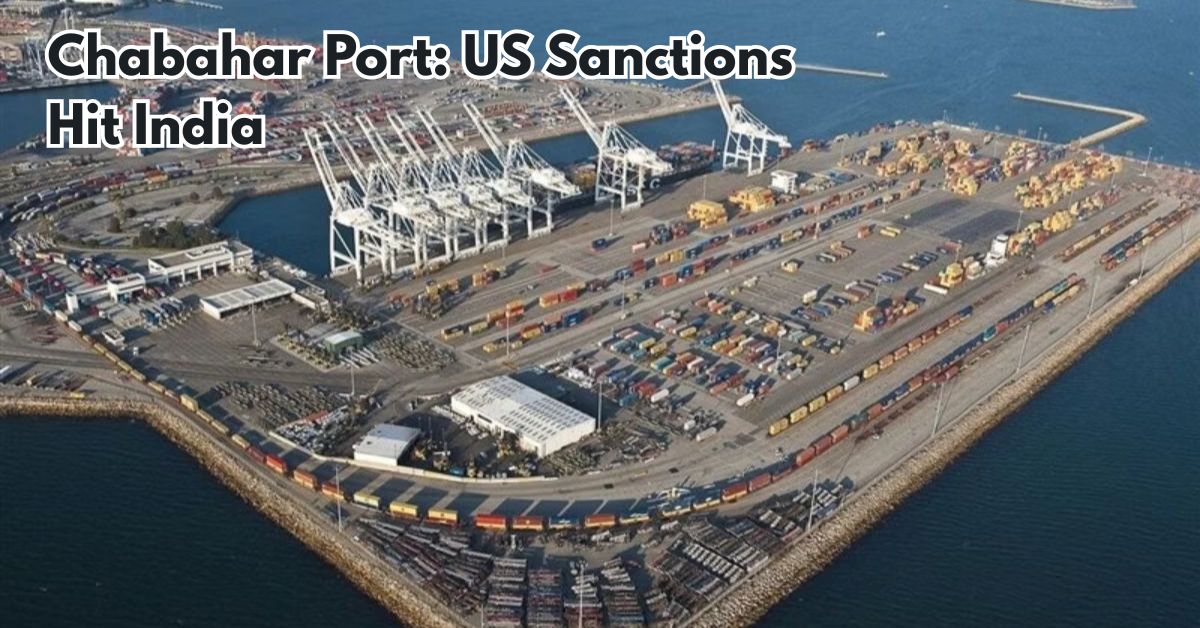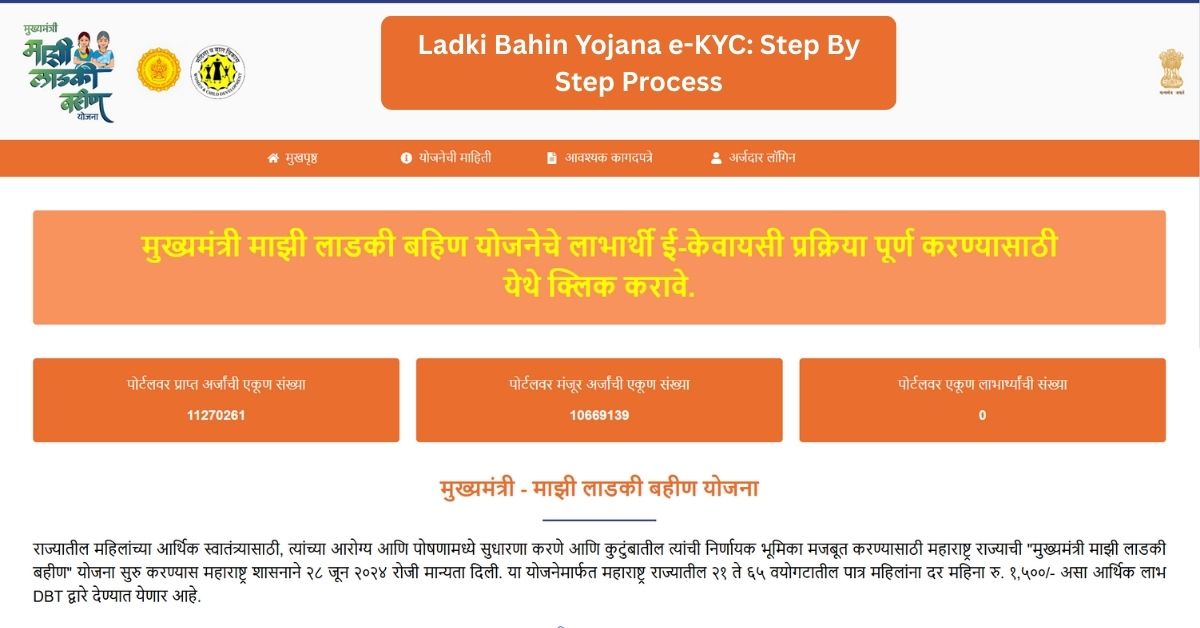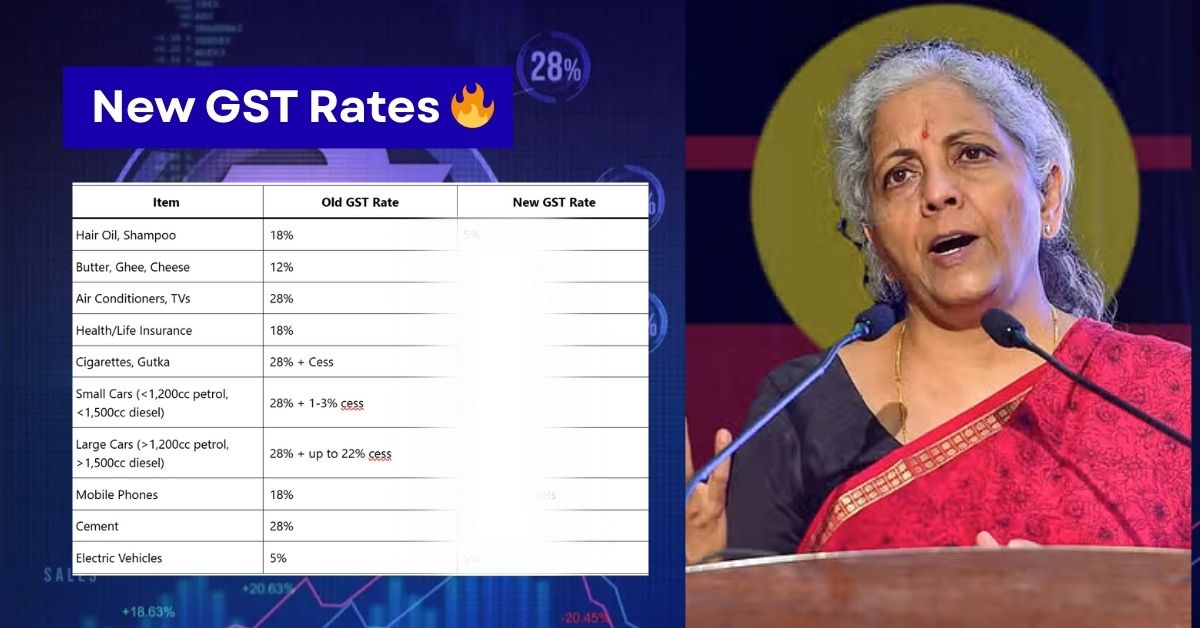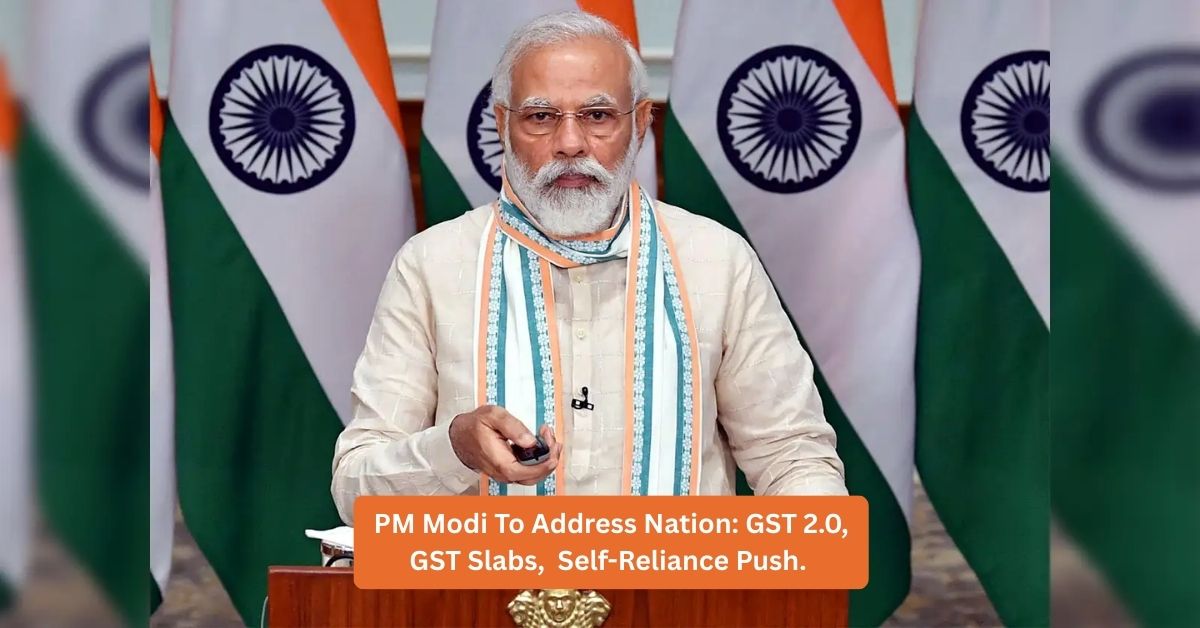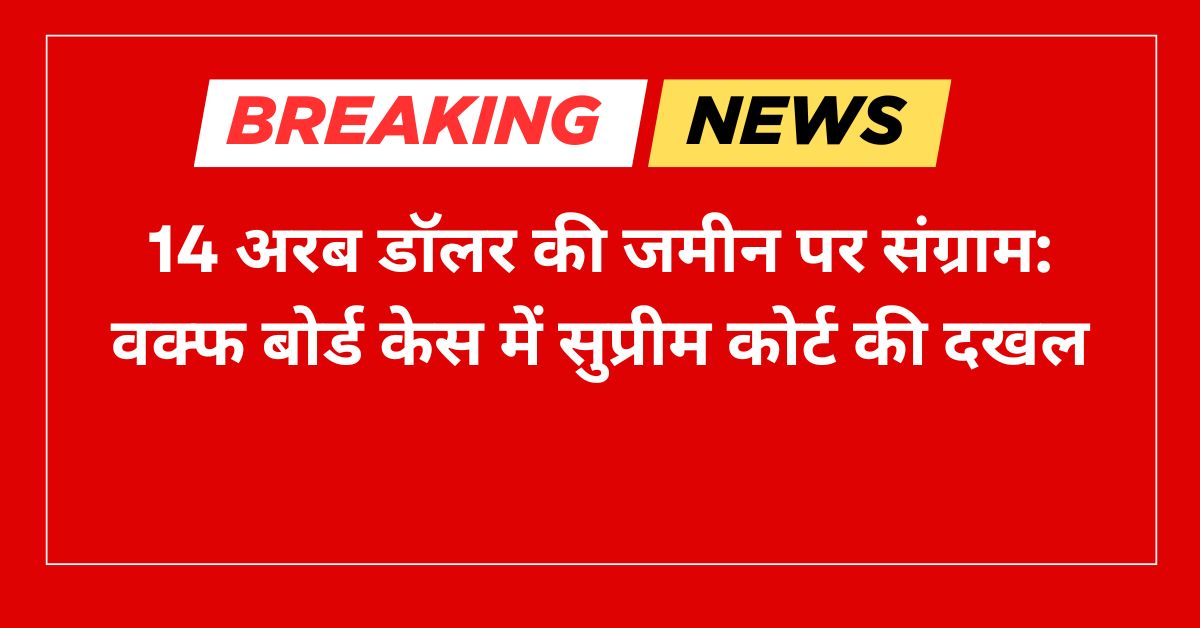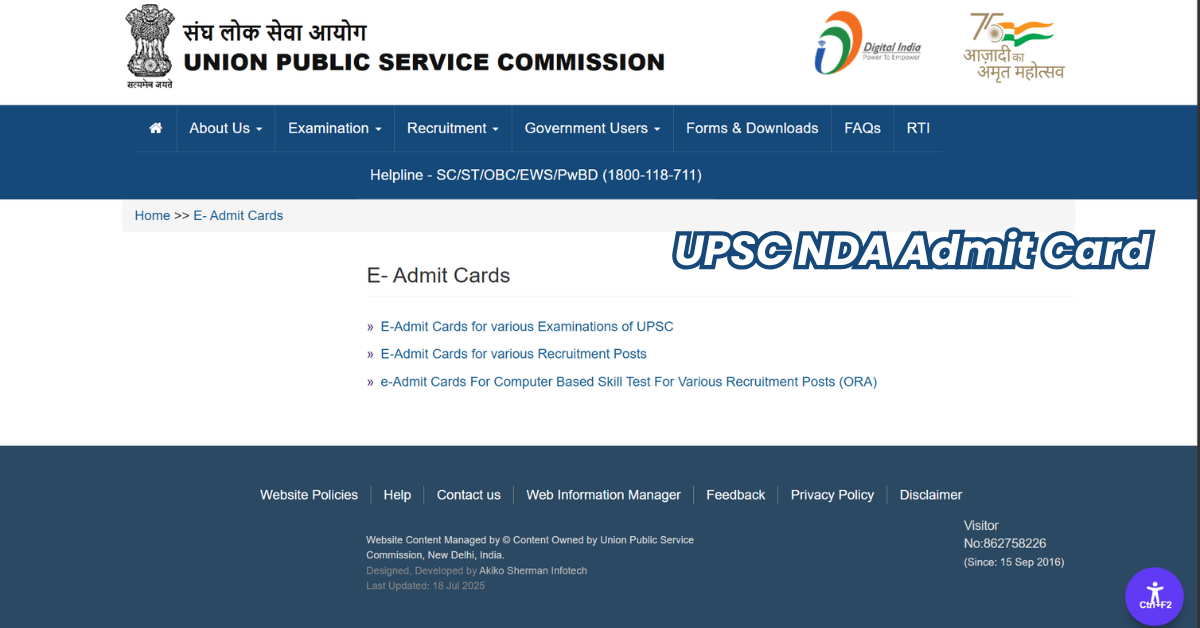Imagine a busy port on Iran’s coastline, ships unloading wheat for Afghanistan, and rail lines stretching toward Central Asia without touching Pakistan. That’s Chabahar Port—India’s big move to expand trade and bypass rivals. But on September 18, 2025, the US announced a sudden blow. It will cancel sanctions waivers for the port from September 29.
For India, which has already invested more than $370 million in this project, the decision is serious. The question now is whether years of planning will come undone. Let’s break down what’s at stake and why it matters for businesses, exporters, and even ordinary readers following global strategy.
Why Chabahar Matters For India
Located in Iran’s Sistan-Baluchestan province near the Gulf of Oman, Chabahar is not just another port. It was India’s first overseas port project, launched in 2018, and tied directly to the International North-South Transport Corridor (INSTC). This 7,200-km route promises to cut shipping costs by almost 30% on goods headed toward Russia and Central Asia.
It also offered a lifeline for Afghanistan, making humanitarian aid easier, and allowed Indian exports to reach Uzbekistan without the hurdles of Pakistani borders.
Since India Ports Global Limited (IPGL) took charge, cargo movement has grown fast. The port has handled more than 8 million tonnes so far, with FY24 showing 43% more ship calls and 34% higher container traffic. In May 2025, India even signed a 10-year pact, pledging $120 million in equipment and $250 million in loans. The goal is to hit 500,000 TEUs and complete the rail link to Zahedan by 2026.
The Sanctions Move: What Changed
The US State Department has withdrawn the special waiver granted back in 2018, which protected Chabahar operations that supported Afghan aid. Now, with the waiver gone, any firm or company working at the port risks penalties under the Iran Freedom and Counter-Proliferation Act.
The decision came after Trump’s February 2025 order to review all waivers linked to Iran. Officially, Washington says it is aimed at limiting Iran’s nuclear and proxy funding. But analysts believe geopolitics may be the bigger driver, including a possible push to give China’s Gwadar Port in Pakistan an advantage.
For India, this is a big hurdle. IPGL could be hit with fines, insurers might step back, and trade activity could stall.
Chabahar Vs Rivals
Chabahar has clear advantages over regional ports like deeper berths and better access. But sanctions risk could change the balance.
| Aspect | Chabahar (India-Iran) | Gwadar (China-Pakistan) | Bandar Abbas (Iran Domestic) |
|---|---|---|---|
| Annual Capacity Goal | 5M tonnes bulk by 2026 | 400M tonnes by 2030 | 8M TEUs current |
| Key Route | INSTC to Central Asia | CPEC to China | Persian Gulf focus |
| Sanctions Risk | High (post-Sept 29) | Low (China-backed) | Medium |
| India’s Investment | $370M+ | None (rival) | N/A |
| Cargo Growth (2024) | +34% containers | +20% overall | Stable |
The numbers show Chabahar’s progress, but Gwadar’s massive long-term scale is hard to ignore.
Central Asia’s Stake
Despite the new risks, countries in Central Asia are showing interest. Uzbekistan confirmed the use of Chabahar for trade at a Tehran meeting on September 9. Tajikistan is also exploring deals, and earlier this year, the Taliban added $35 million in support.
This momentum is tied to the INSTC promise—faster and cheaper routes for traders, from Indian exporters to Kazakh mining firms.
What People Are Saying Online
Social media has lit up since the news broke. More than 20 posts since September 1 highlight the anger among Indian users, with one viral thread calling the move a “strategic own-goal” that benefits China more than anyone else. Pakistani users, on the other hand, celebrated with lines like “India’s bypass dream crushed!”
Afghan users showed mixed reactions. Many appreciated India’s earlier aid but worried about delays in food shipments. The most popular themes online were India’s plan to bypass Pakistan and the long-term dream of connecting to Eurasia by rail.
The Road Ahead For India
This is not just a legal issue. It puts India in a tricky spot where it must protect its companies yet continue building ties with the US. Past moves, like shipping pesticides through Chabahar in 2021, show India can adapt. But with regional tensions and unstable politics in Iran, risks remain high. Exporters fear longer delays while Indian officials prepare to open talks.
Why It Matters To You
For businesses in logistics, these sanctions could raise costs for goods bound to Central Asia. For others, it’s a reminder that one port can influence global trade and power struggles. Chabahar represents India’s push for trade independence, but US sanctions now tilt the game.
As one user posted, “Sanctions help Beijing more than Tehran.” Whether India secures a new waiver or pushes ahead regardless, the decision in Delhi will shape future trade routes.
